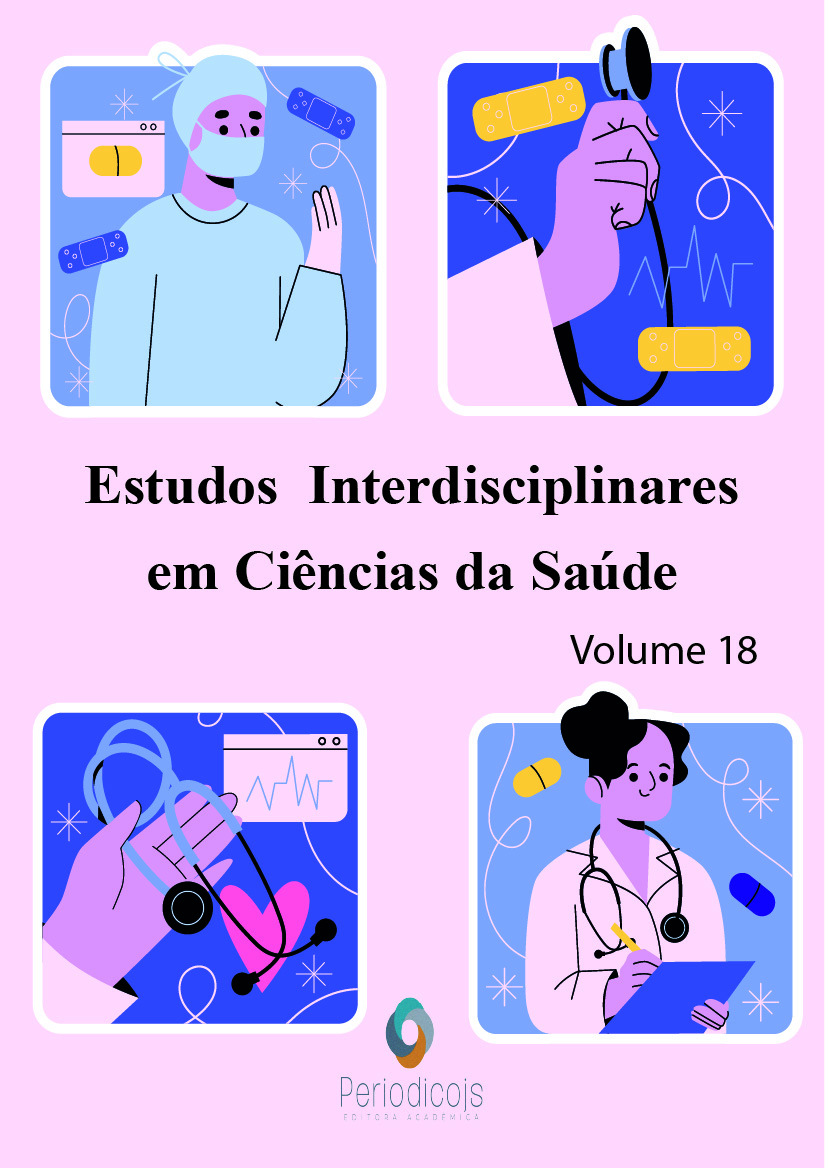Abstract
Transnasal endoscopic surgery for pituitary adenomas is a minimally invasive technique that has made a name for itself in the treatment of these tumors. It allows access to the pituitary gland through the nasal cavities, avoiding the need for incisions in the face or skull, which results in a shorter recovery time and a lower risk of complications. This study aims to review the technique of transnasal endoscopic surgery for pituitary adenomas, highlighting its advantages, indications, complications, results, benefits and challenges. This is a bibliographic review, using qualitative premises, with the PubMed, Scopus and Web of Science databases. To better refine the research, the health descriptors “Transnasal Endoscopic Surgery”, “Pituitary Adenomas” and “Pituitary Adenomas and Transnasal Surgeries” were used. The work in question also included the establishment of inclusion and exclusion criteria and a time frame between 2000 and 2011. It also discusses future perspectives and areas of research under development in this field, with the aim of contributing to a better understanding and application of this innovative technique in the treatment of these tumors. Transnasal endoscopic surgery for pituitary adenomas is performed using a flexible endoscope, which is inserted through the nasal cavities until it reaches the pituitary gland. During the procedure, the surgeon removes the tumor and preserves as much of the healthy pituitary tissue as possible. This technique has several advantages over conventional surgery, including shorter hospital stays, lower risk of complications, less post-operative pain and faster recovery. In addition, transnasal endoscopic surgery allows for more precise visualization of the tumour and surrounding tissues, which can result in better surgical outcomes. However, transnasal endoscopic surgery also has some complications, such as bleeding, infection and damage to neighboring structures. It is important that the procedure is performed by an experienced surgeon with specific training in this technique. We therefore conclude that transnasal endoscopic surgery for pituitary adenomas is a safe and effective technique that offers several advantages over conventional surgery. It has become increasingly popular in the treatment of these tumors, providing patients with a faster recovery and a better post-operative quality of life.
References
HAR-EL G. Endoscopic transnasal transsphenoidal pituitary surgery--comparison with the traditional sublabial transseptal approach. Otolaryngol Clin North Am 2005;38(4) p.723-35.
RUDNIK A, ZAWADZKI T, WOJTACHA M, BAZOWSKI P, GAMROT J, GALUSZKA-IGNASIAK B, DUDA I. Endoscopic transnasal transsphenoidal treatment of pathology of the sellar region. Minim Invasive Neurosurg 2005;48(2):101-7.
SENIOR BA, DUBIN MG, SONNENBURG RE, MELROY CT, EWEND MG. Increased role of the otolaryngologist in endoscopic pituitary surgery: endoscopic hydroscopy of the sella. Am J Rhinol 2005;19(2):181-4.
SANTOS RP, CUNHA FILHO B. Abordagem Endoscópica dos Tumores Selares e Parasselares. In: Voegels RL, Lessa MM, editores. Rinologia e Cirurgia Endoscópica dos Seios Paranasais. São Paulo: Revinter; 2006. p. 185-96.
RUDNIK A, ZAWADZKI T, GALUSZKAIGNASIAK B, BAZOWSKI P, DUDA I, WOJTACHA M, ET AL.. Minim Invasive Neurosurg 2006;49:10-4.
SILVA LR, SANTOS RP, ZYMBERG ST. Endoscopic endonasal approach for cerebrospinal fluid fistulae. Minim Invasive Neurosurg 2006;49(2):88-92.
DE DIVITIIS E, CAVALLO LM, ESPOSITO F, STELLA L, MESSINA A. Extended endoscopic transsphenoidal approach for tuberculum sellae meningiomas. Neurosurgery. 2007;61(5 Suppl):229-38.
DEHDASHTI AR, GENTILI F. Current state of the art in the diagnosis and surgical treatment of Cushing disease: early experience with a purely endoscopic endonasal technique. Neurosurg Focus. 2007;23:E9.
RIVERA-SERRANO CM, SNYDERMAN CH, GARDNER P, PREVEDELLO D, WHELESS S, KASSAM AB, ET AL. Nasoseptal ‘’rescue’’ flap: a novel modification of the nasoseptal flap technique for pituitary surgery. Laryngoscope. 2011;121-990-3.
SCHWARTZ TH, FRQER JF, BROWN S, TABAEE A, KACKER A, ANAND VK. Endoscopic cranial base surgery: classification of operative approaches. Neurosurgery. 2008;62:991-1005.
ROTENBERG B, TAM S, RYU WH, DUGGAL N. Microscopic versus endoscopic pituitary surgery: a systematic review. Laryngoscope. 2010;120:1292-7.

